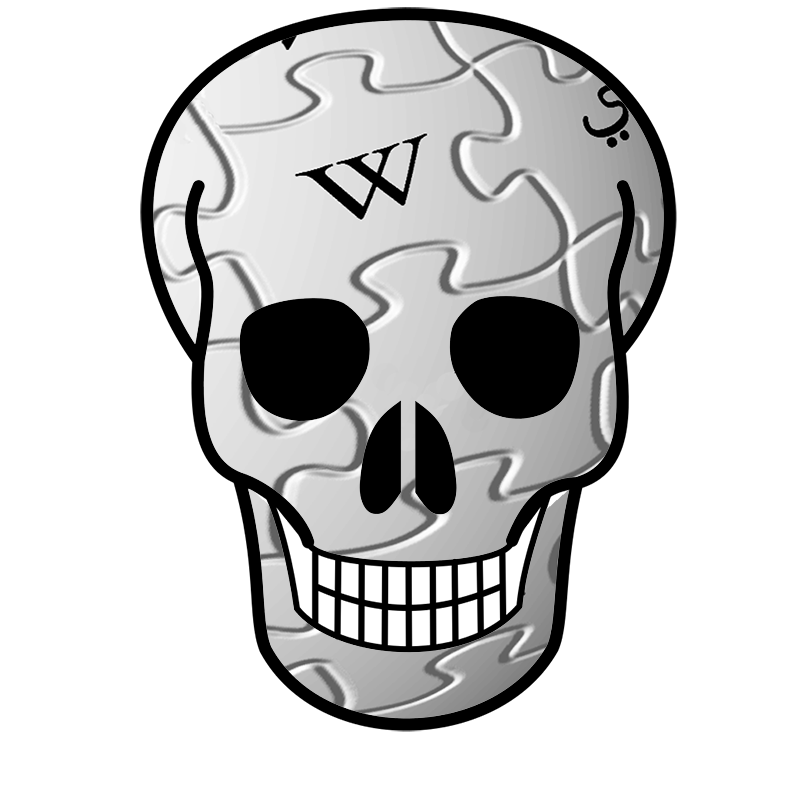Mozzarella/loam is ~20-50 sand, ~30-50 silt and ~10-30 clay - pay attention to the angle of the numbers and follow the diagonal lines. The center of the triangle has to be 33/33/33
- 0 Posts
- 12 Comments

 31·1 year ago
31·1 year agoYouTube video ads can’t be blocked with just DNS blocking unfortunately, they are served from the same hosts as YouTube videos.
I think “popular” is stretching it here, Debian GNU/kFreeBSD is dead now, and while Hurd is interesting, it has ways to go.
Alpine is actually popular, particularly as a lightweight host OS to run docker.
You can have a Linux distro without GNU -Alpine Linux is a popular example

 21·1 year ago
21·1 year agodeleted by creator

 32·1 year ago
32·1 year agodeleted by creator

 1·1 year ago
1·1 year agodeleted by creator

 132·1 year ago
132·1 year agoWhat is your source for this ? Recent polls show reunification support is still <2%, with about 6% open to reunification eventually but not now.
In 2018, before the crackdown in HK, the reunification support was 3%, with 13% open to it eventually - the events in HK have definitely significantly eroded support for reunification in Taiwan.
I have family in Taiwan and literally don’t know a single Taiwanese person that wants reunification with the PRC.

 16·1 year ago
16·1 year agoChinese is also not right - 正确的 (zhèngquè de) means “proper”
Left and Right as the sides are 左 (zuǒ) and 右 (yòu) - you can also add 邊 (biān) to each which means “side” to be more explicit, but they are also used separately in many contexts where the left/right meaning is needed.
The Chinese characters for 左 and 右 actually originated as pictograms of the left and right hand in the early forms of Chinese writing, but later forms both contain general “hand” component (𠂇) with components 工 and 口 added for differentiation

 8·1 year ago
8·1 year agoThe SOS sign was here if anyone’s interested - it can be seen in this video which confirms the location.
What’s wrong with using a text editor to remove lines ? In vim for example :g/pattern/d or :g!/pattern/d with regular expressions is a powerful tool for removing lines in bulk if needed.
The first computer I used was a PDP-8 clone, which was a very primitive machine by today’s standards - it only had 4k words of RAM (hand-made magnetic core memory !) - you could actually do simple programming tasks (such as short sequences of code to load software from paper tape) by entering machine code directly into memory by flipping mechanical switches on the front panel of the machine for individual bits (for data and memory addresses)
You could also write assembly code on paper, and then convert it into machine code by hand, and manually punch the resulting code sequence onto paper tape to then load into the machine (we had a manual paper punching device for this purpose)
Even with only 4k words of RAM, there were actually multiple assemblers and even compilers and interpreters available for the PDP-8 (FOCAL, FORTRAN, PASCAL, BASIC) - we only had a teletype interface (that printed output on paper), no monitor/terminal, so editing code on the machine itself was challenging, although there was a line editor which you could use, generally to enter programs you wrote on paper beforehand.
Writing assembly code is not actually the same as writing straight machine code - assemblers actually do provide a very useful layer of abstraction, such as function calls, symbolic addressing, variables, etc. - instead of having to always specify memory locations, you could use names to refer to jump points/loops, variables, functions, etc. - the assembler would then convert those into specific addresses as needed, so a small change of code or data structures wouldn’t require huge manual process of recalculating all the memory locations as a result, it’s all done automatically by the assembler.
So yeah, writing assembly code is still a lot easier than writing direct machine code - even when assembling by hand, you would generally start with assembly code, and just do the extra work that an assembler would do, but by hand.

 21·1 year ago
21·1 year agoThe kids always adapt though.
There is a strong survivorship bias in this though. Some kids do adapt, maybe even most, but many still are harmed, and have been by unhealthy exposure to radio, television, videogames, etc. in the past. Social media is even wreaking havoc in the older generations right now.
It’s easy to point at the survivors and the success stories and say see, there is nothing to worry about - but that’s also a bit like pointing at the lifelong smokers who do not get lung cancer as an argument against promoting non-smoking.

 261·2 years ago
261·2 years agoThe history of Taiwan is quite a bit more complex than that, but the PRC (current government in mainland China) has never controlled Taiwan - it was never theirs.
Taiwan was a Japanese colony from 1894 until 1945 when Japan was forced to hand it over to the ROC (the successor government to the Qing dynasty, which was the last time you could argue China controlled the island - the Qing managed to almost fully colonize it before losing it to the Japanese, although a lot of the mountainous parts of Taiwan were still mostly autonomous at that time and inhabited by aboriginal Taiwanese who continued to resist the Qing rule)
The ROC takeover of the island is also seen as another colonization by many Taiwanese as well - the descendants of the Qing era colonists who were mostly Hokkien speakers from Fujian, while the ROC migration in 1949 was mostly Mandarin speakers from wider China, who fairly brutally imposed their rule over the island (see 4 decades of martial law, etc.)
ROC managed to reform itself over time, and Taiwan is now a vibrant democratic country which is forging its new national identity where most people would prefer to be left alone to control their own affairs.



Closeup for anyone interested
Google translated